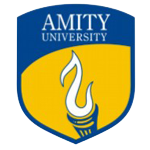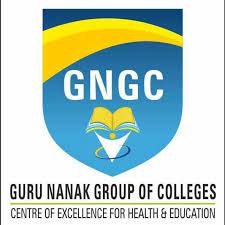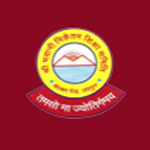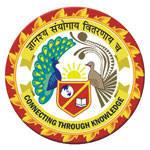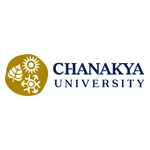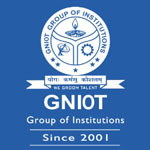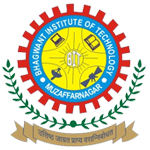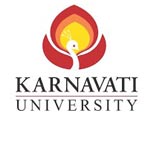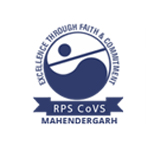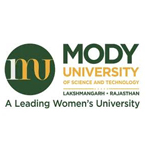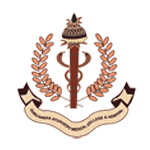
M.A in Journalism Course
Medium
Medium
2.6 LPA - 13.8 LPA
2.6 LPA - 13 LPA
2 LPA - 18 LPA
Table of Contents
- M.A Journalism Course Highlights
- Master of Arts [M.A.] in Journalism
- About the Programme M.A. in Journalism Course
- Master of Arts [M.A.] in Journalism Purpose of the Course
- Master of Arts [M.A.] in Journalism Eligibility
- M.A Journalism Syllabus
- Master of Arts [M.A.] in Journalism How to get Admission
- Master of Arts [M.A.] in Journalism Scope (Job Types)
- Master of Arts [M.A.] in Journalism Salary Trends
M.A Journalism Course Highlights
| Full-Form of (M.A.) in Journalism | Master of Arts in Journalism |
| Course Level | Post Graduation |
| Duration | 2 years |
| Examination type | Semester |
| Eligibility | Bachelor’s degree with an aggregate of 50% marks and above from a recognized university. |
| Admission Process | Merit Basis / Entrance Exam Scores |
| Course Fee | Ranges between INR 50,000 to INR 3,50,000 |
| Average Salary | INR 3,00,000 to INR 5,00,000 |
| Top Recruiting Sectors | News channels, newspapers, publishing houses, television, radio, Periodicals, and Magazines |
| Top Job Profiles | Editors, writers, media consultants, and faculty members of journalism at colleges, Fashion Photographer, Cartoonist |
| Top Recruiting Organizations | Microsoft, MetLife, Nokia, Google, The Times Of India, SpiceJet, Adobe, HDFC, IBM |
Master of Arts [M.A.] in Journalism
The course in Masters of Arts in Journalism focuses on the aspects of Modern Journalism in India. It is designed to equip students with additional skills to build a good career in the field of journalism.
About the Programme M.A. in Journalism Course
This is a post-graduate program that is offered by most colleges. The course spans over two years. On average, the course fee ranges between INR 50,000 to two lakh depending upon the college that you select. The focus is on journalism and media to help students secure their future in this industry. The course follows a four-semester system. In the second and third years, students are required to take up internships that will help them secure some practical knowledge in the field.
Students can follow this course with an M.Phil in Mass Communication and Journalism followed by a Ph.D.
Master of Arts [M.A.] in Journalism Purpose of the Course
The course is designed to equip students with all the skills required to be a journalist and media people. The subjects that are covered in detail include journalistic ethics, reporting techniques, and traditions of journalism in India. You can even opt for Hindi or regional languages as a medium of study in this course.
What separates MA journalism from MA Mass communication is that the former focuses on journalistic and reporting techniques while the latter is mostly focused on technical aspects of media and communication.
Master of Arts [M.A.] in Journalism Eligibility
To be eligible for this course, you need to have a Bachelor’s degree in Mass Communication or Journalism with at least 50% marks in all subjects. Some universities may also allow students from other streams if they are able to clear an entrance examination.
M.A Journalism Syllabus
The course duration of 2 years is further divided into semesters each with a duration of 6 months. The subjects handled in each semester are tabulated below.
| SEMESTER-I | SEMESTER-II |
|---|---|
| Writing Analysis for Print | Development Communication: Theory and Practice |
| Mass Communication Theory and Practice | Marketing Management |
| Visualization and Media Design | Media Ethics Laws and Governance |
| Photography Concepts and Practice | Investigative Journalism |
| Professional communication | Behavioral Science |
| - | Marketing Management |
| SEMESTER-III | SEMESTER-IV |
| New Media and Digital Technology | Media, CSR and Sustainable development |
| Media Research and Application | Dissertation |
| Advertising and Promotions | Digital Marketing |
| Public Relations and Events | Political Communication |
| Data Journalism | Gender, Human Rights and Media |
| Financial Journalism | Dissertation |
| Professional Ethics | Digital Marketing |
| Basics of Video Editing | Media, CSR and Sustainable development |
Master of Arts [M.A.] in Journalism How to get Admission
Most colleges require you to pass an entrance examination after submitting an application to the institution of your choice. The questions are based on topics like verbal reasoning, media and communication, reading comprehension, and general EnglishMaster of Arts [M.A.] in Journalism Scope (Job Types)
Private Sector Career Options
- Reporter
- Editor
- Website Content Writer
- Photojournalist
- Features Writer
- Investigative Journalist
- PR Executive
Private Employment Area
- News Agencies
- Media Houses
- Magazines and Journals
- Content Development Firms
Master of Arts [M.A.] in Journalism Salary Trends
| Job Profile | Avg.Min Salary LPA* | Avg.Med Salary LPA* | Avg. Max Salary LPA* |
|---|---|---|---|
| Journalist | 2.6 | 5.2 | 13.8 |
| Corespondent | 2.5 | 6.2 | 13 |
| Photojournalist | 2.2 | 4.8 | 12.8 |
| Website Content Writer | 2.8 | 5.2 | 14.9 |
| PR Executive | 2.8 | 4.5 | 9 |
| Editor | 2.9 | 5 | 14 |
| Investigative Journalist | 2 | 4.6 | 18 |


